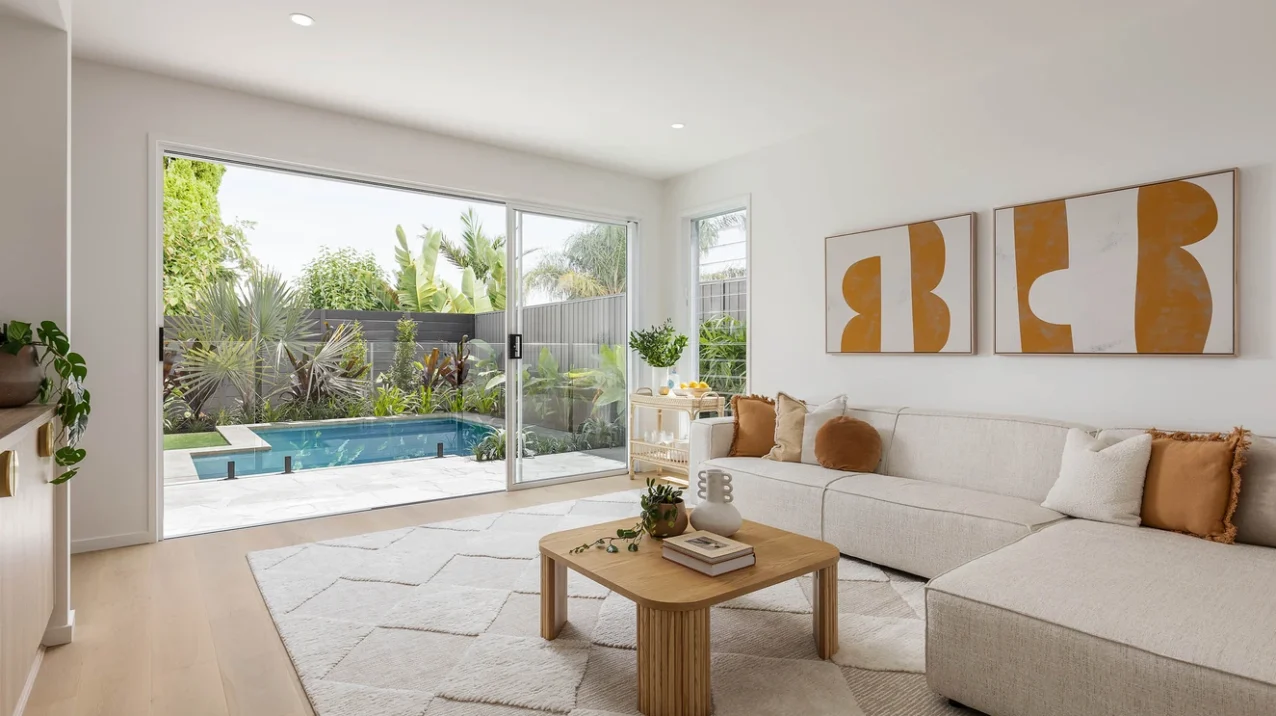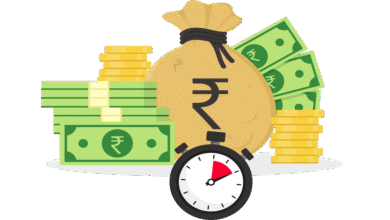For aspiring homeowners navigating Australia’s complex property market, the promise of a new home and land package on the Gold Coast often shines brightly.
Marketing frequently touts these packages as a streamlined and financially accessible path to home ownership, especially for first-home buyers and young families.
But does this perception hold up under scrutiny against broader market trends and official data?
According to the Australian Bureau of Statistics (ABS), dwelling approvals for new residential buildings in Queensland have seen significant fluctuations, reflecting broader economic pressures like rising construction costs and interest rate hikes.
Data cited in government housing reports, reveals that the Gold Coast remains one of Australia’s strongest-performing property markets, with median house prices soaring past the $1 million mark, intensifying the affordability crisis.
This analysis will delve into the true cost of Gold Coast house and land packages. By examining key metrics—including median land prices published by the City of Gold Council, the rising cost of construction materials as tracked by the ABS Producer Price Indexes, and the impact of government incentives like the Queensland First Home Owner Grant—we will investigate whether these packages genuinely offer a more affordable entry point into the market or if hidden costs and market inflation have eroded their competitive advantage.
Here’s a numbered list examining the key factors that determine the real affordability of a Gold Coast home and land package.
1. The Upfront Price Tag: Often More Manageable
Yes, on the surface, home and land packages can appear significantly more affordable than buying an established house in the same area.
- Stamp Duty Savings: You only pay stamp duty on the land value, not the total completed value of the house and land. This can save you tens of thousands of dollars upfront compared to buying an existing property.
- First Home Buyer Incentives: Packages are frequently eligible for government grants like the Queensland First Home Owner Grant (QFHOG), which can further reduce your initial costs.
- Fixed-Price Building Contracts: Many builders offer fixed-price contracts for the construction component, locking in your build cost and protecting you from market inflation during the construction phase.
2. The “Hidden” Costs: What Isn’t Included?
The advertised price is often a starting point. True affordability depends on what’s not included.
- Site Costs: This is a major variable. Factors like slope, soil type (e.g., if rock excavation is required), and site accessibility can add thousands to your final cost. Always get a detailed site cost estimate.
- Inclusions vs. Upgrades: The standard “included” fit-out is often basic. Upgrading flooring, appliances, tapware, or adding air conditioning can quickly inflate your budget. Scrutinize the inclusions list carefully.
- Landscaping and Fencing: These are rarely included in the package price and represent a significant post-build expense.
- Connection Fees: Budget for connecting utilities like electricity, water, gas, and internet/NBN to your new home.
3. Location, Location, Location
Affordability is directly tied to where you buy. Packages in emerging suburbs like Pimpama, Coomera, or Upper Coomera are generally far more affordable than those in established, infill locations. However, this often means a longer commute and potentially less developed local amenities initially. You are trading location for price.
4. The Value of “New”: Long-Term Savings
An often-overlooked aspect of affordability is the ongoing running cost.
- Energy Efficiency: New homes must comply with modern energy efficiency standards (6-star rating). This means better insulation, window glazing, and design, leading to significantly lower power bills for heating and cooling compared to an older home.
- Low Maintenance: Everything is brand new—the roof, plumbing, electrical, and appliances. Your maintenance and repair costs for the first 5-10 years will be minimal, freeing up your cash flow.
5. The Time vs. Money Equation
Building a home takes time (typically 6-12 months). During this period, you may be paying both rent and mortgage interest (on the construction loan draws). This dual financial commitment can be a strain, impacting short-term affordability. An established home offers immediate occupancy.
6. Capital Growth Potential
While the initial cost might be lower, it’s crucial to consider investment growth. Established suburbs often have more predictable and immediate growth due to their established charm, amenities, and scarcity of land. Growth in new land release areas can be strong but may take longer to materialize as the community develops.
The Verdict: Are They Really More Affordable?
For the right buyer, yes, they can be.
Home and land packages offer a structurally more affordable entry point into the Gold Coast property market due to stamp duty savings and grants. They provide fantastic long-term value through lower running costs.
However, the advertised “from” price is rarely the final price. The true cost depends on your choice of location, the level of fit-out you require, and the specific conditions of your block of land.
Final Advice: Do your homework. Get detailed quotes, understand all potential extra costs, and compare the total projected cost of your package against established homes in your desired area.
For budget-conscious buyers and first-home buyers willing to live slightly further out, a Gold Coast home and land package remains one of the most accessible ways to own a new, energy-efficient home.





